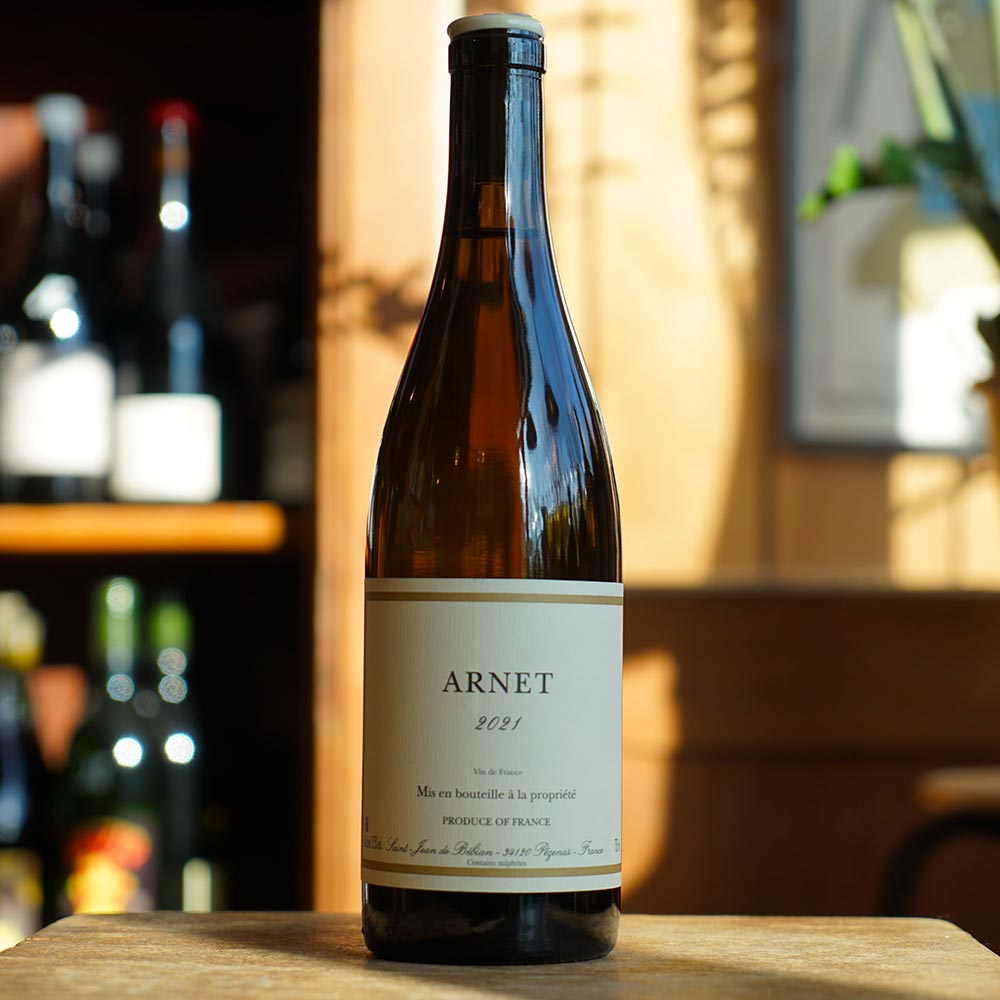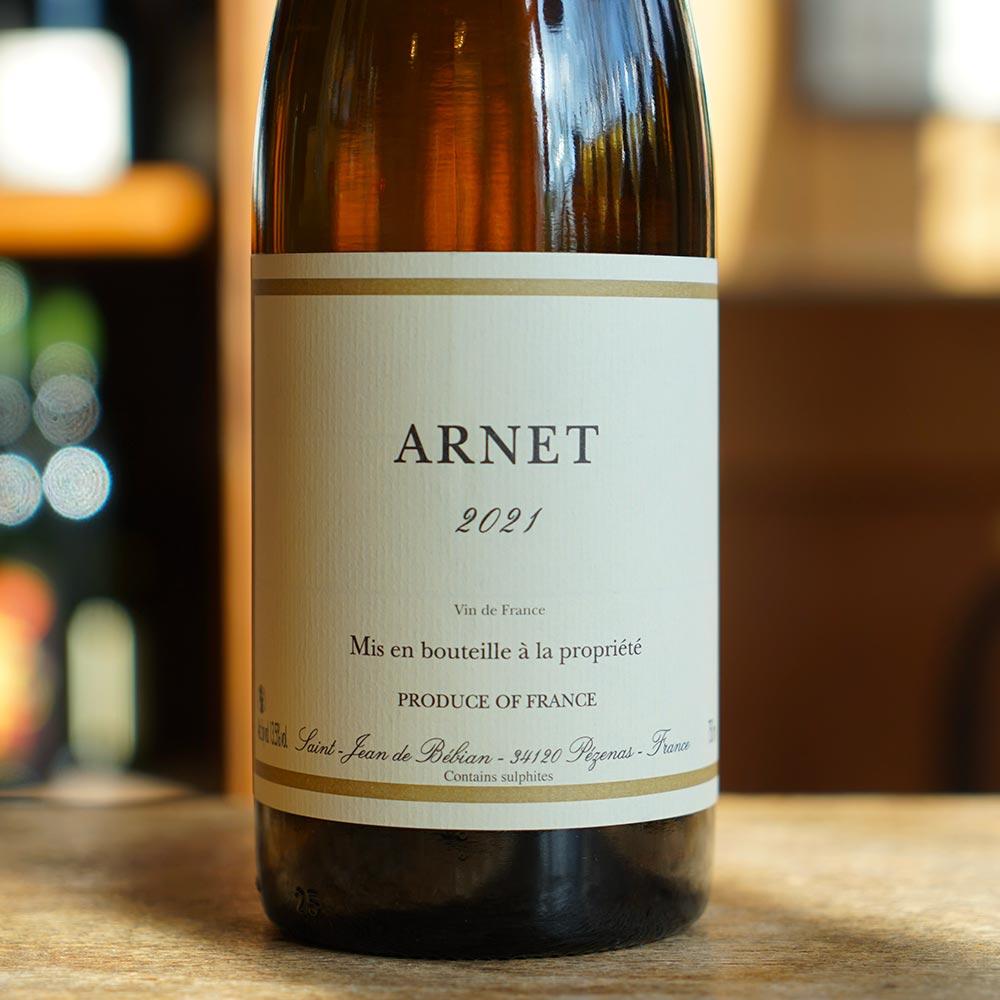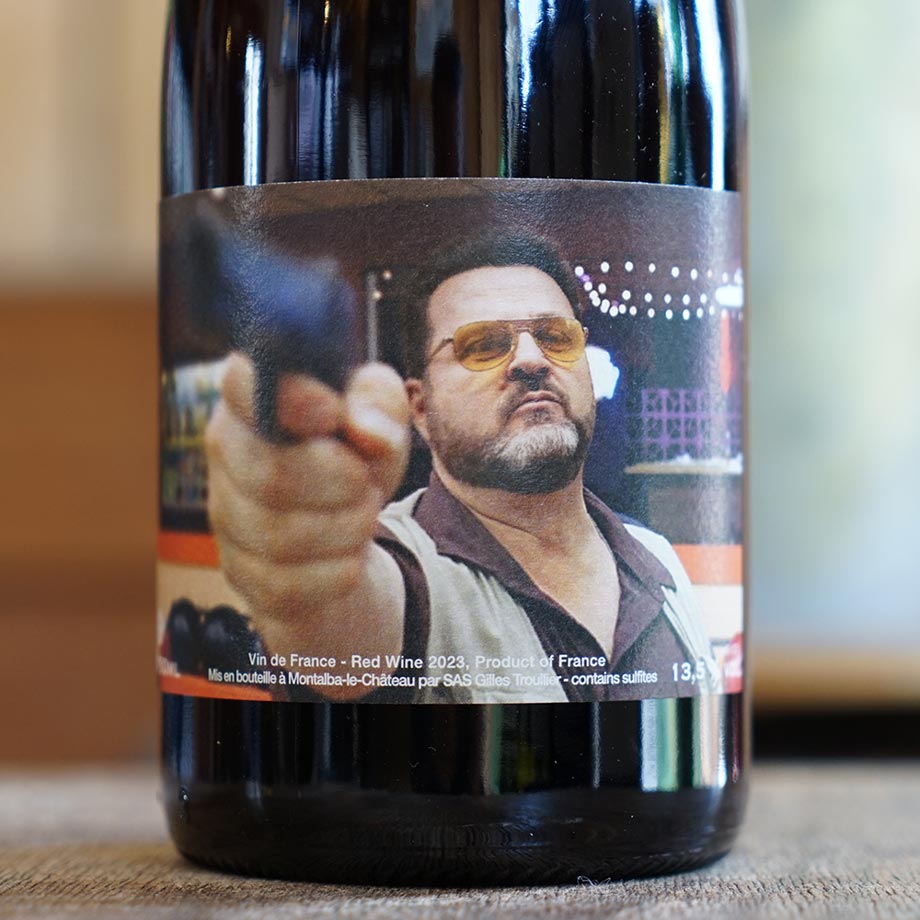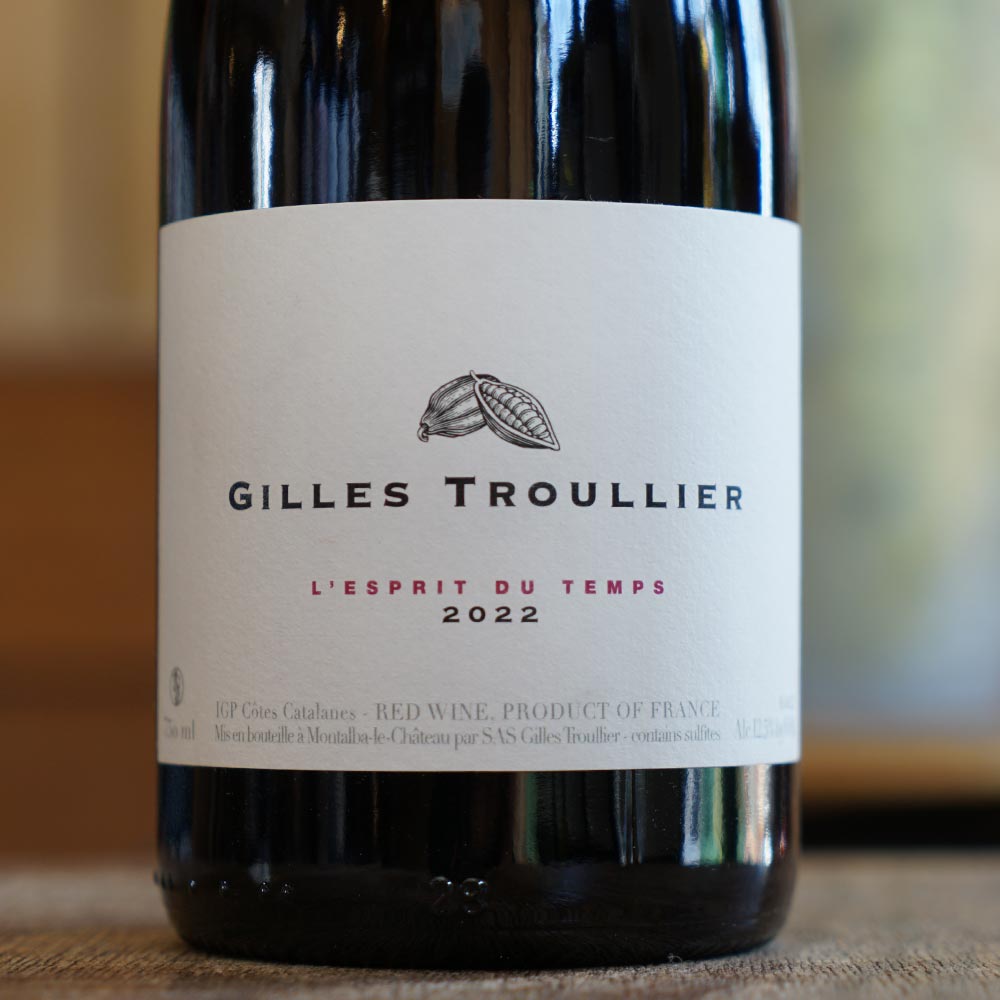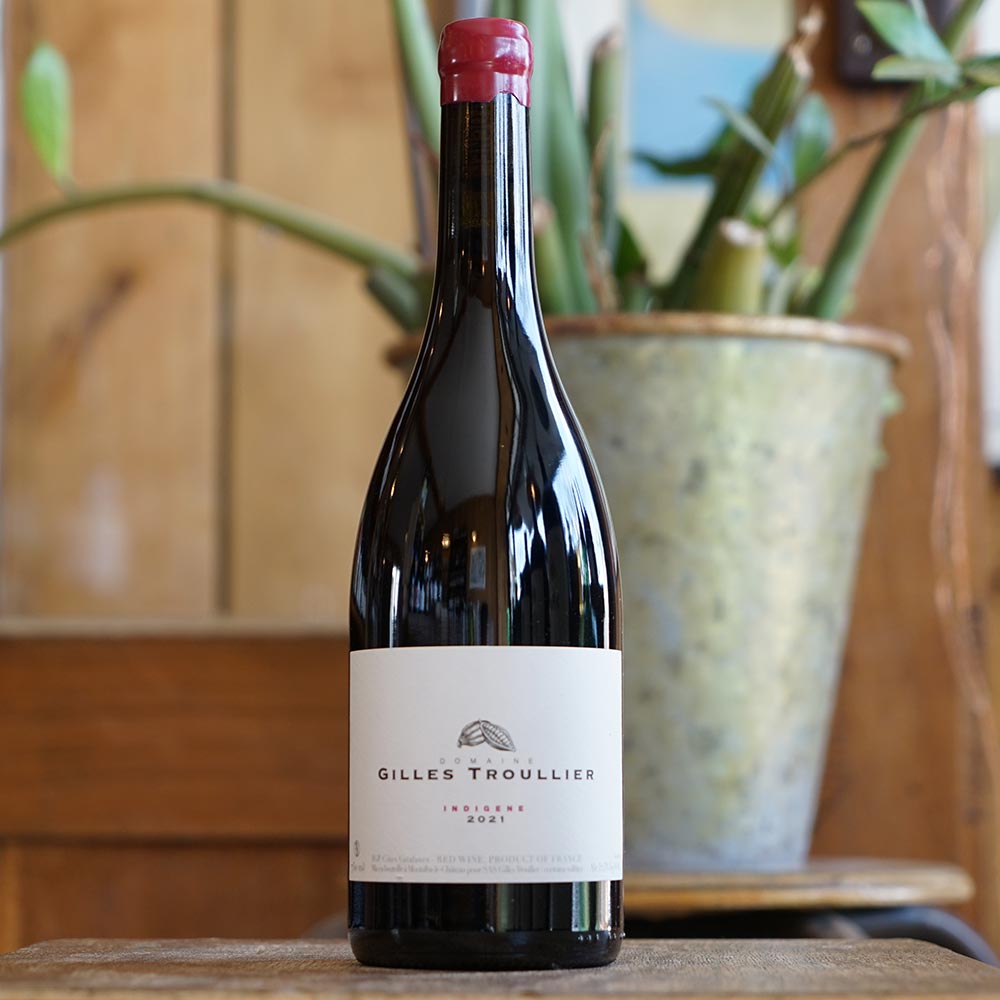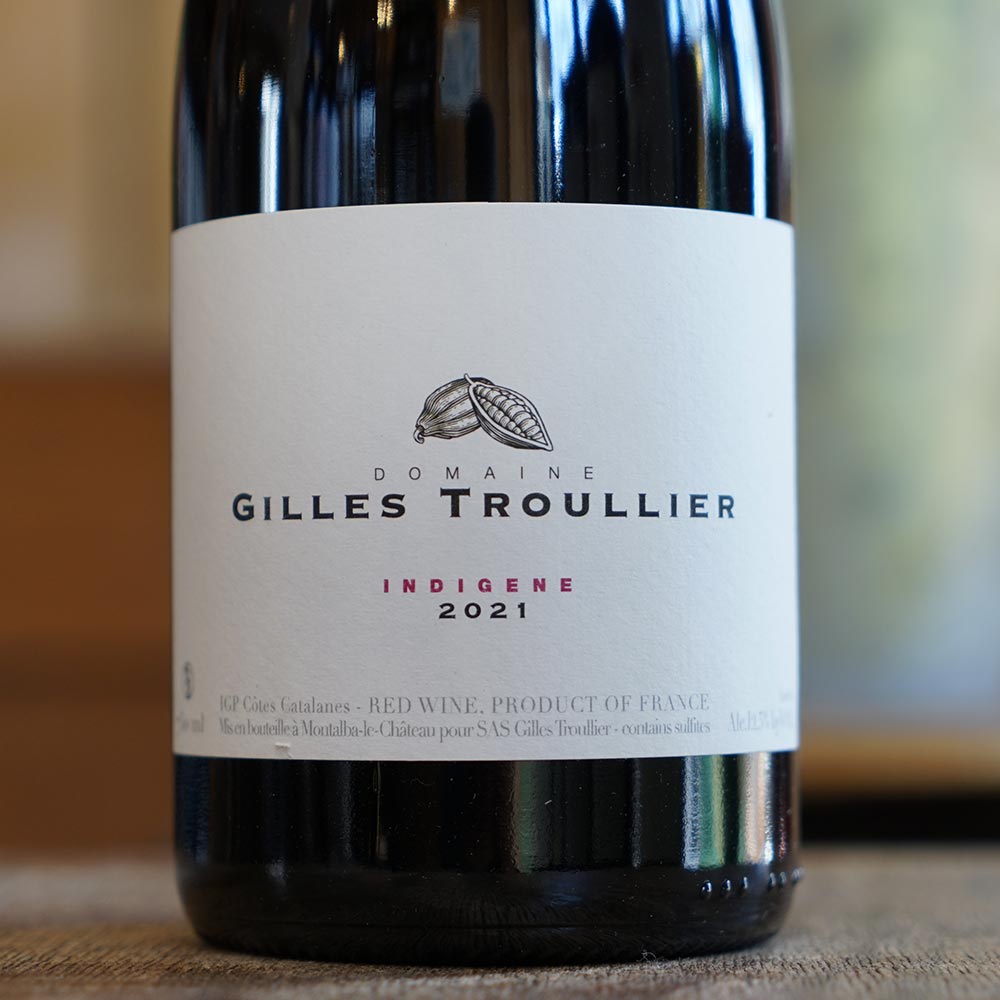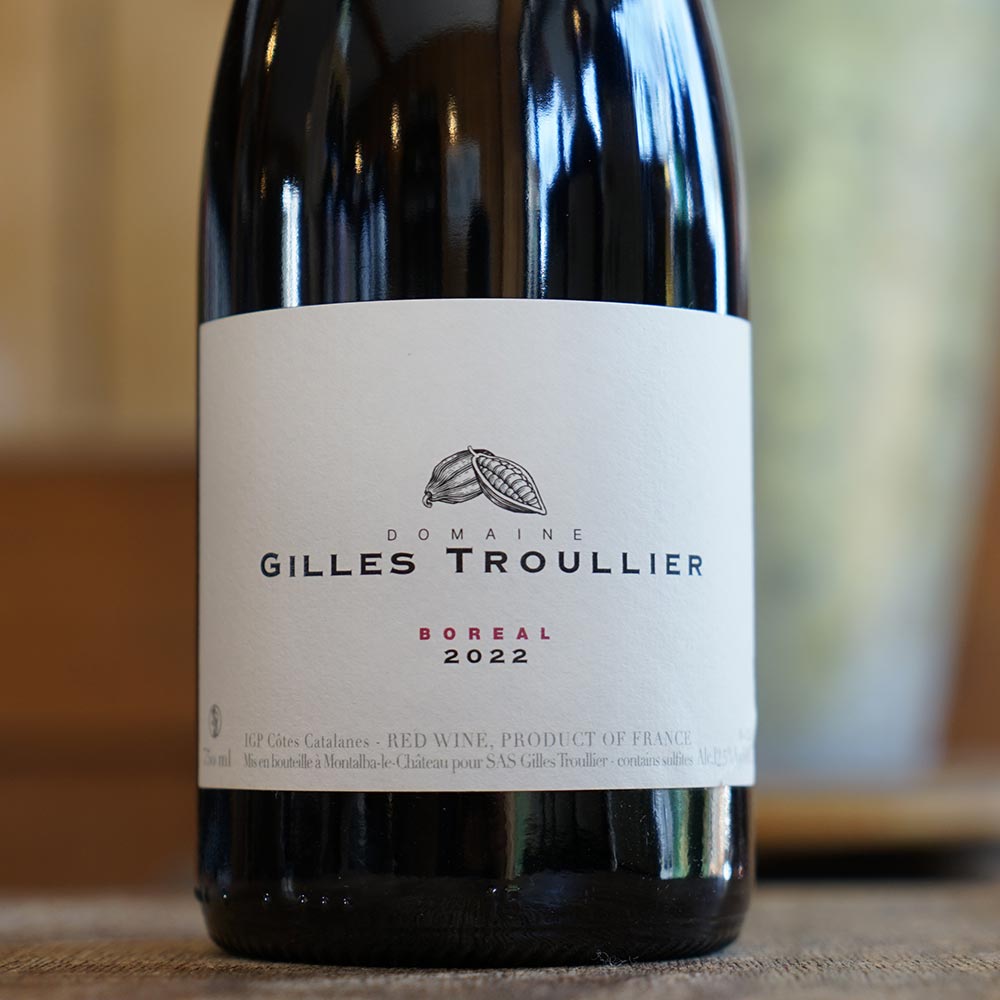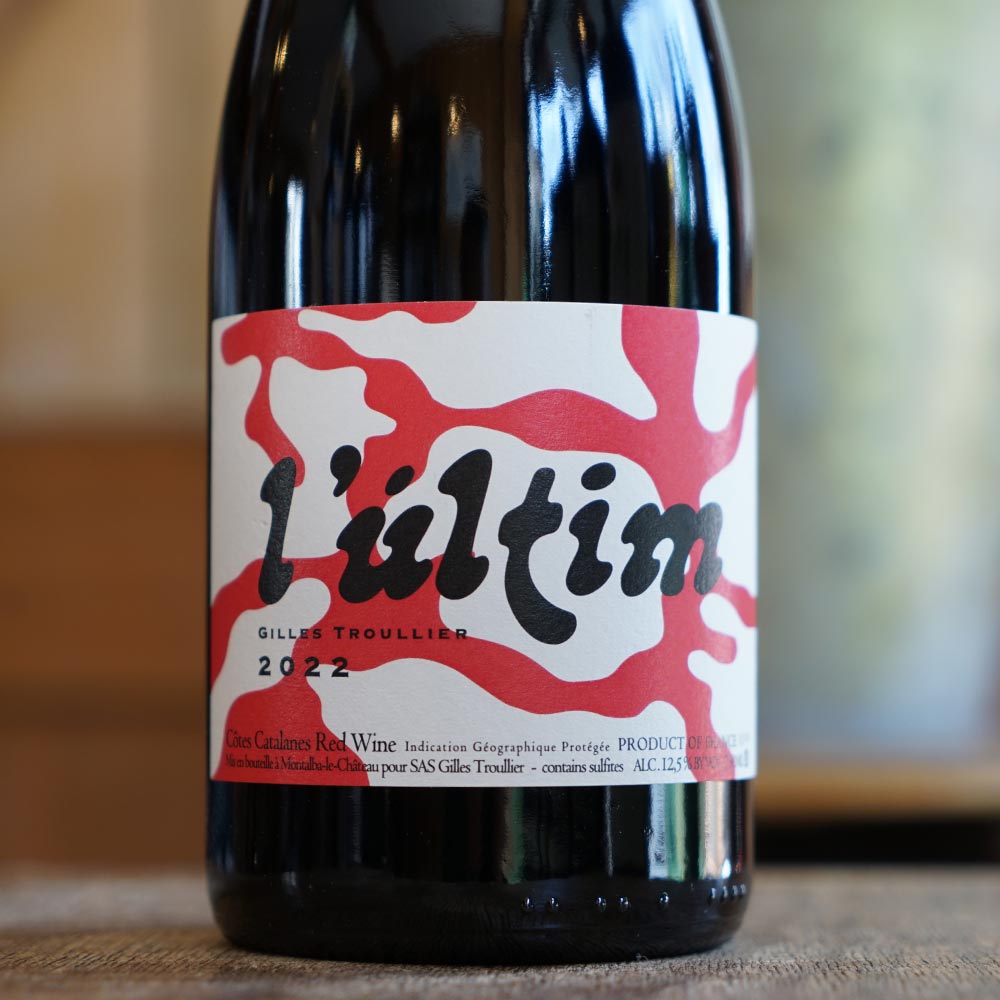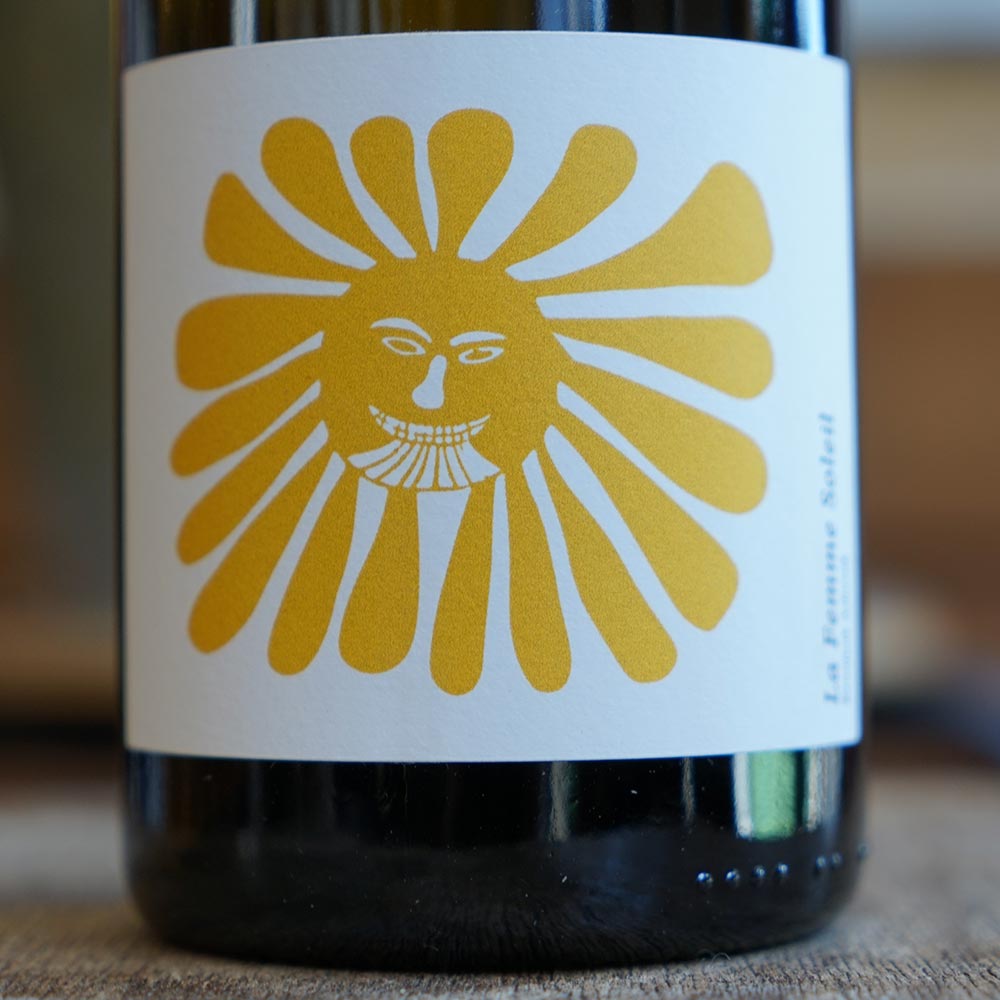Languedoc-Roussillon
The Languedoc is a wine-growing region that has been booming over the last twenty years, particularly in the field of natural wines. Situated around the Mediterranean Sea, from Leucate to Nîmes, and inland around Montpellier, it forms the largest single vineyard in France, with some 226,000 hectares. The climate is generally dry and warm, influenced by the winds and the sea, and the diversity of soils, resulting from ancient mountain formations, gives its wines a richness. A variety of terroirs, including limestone, schist, clay and sandstone, influence the grape varieties grown. Red varieties include Grenache noir, Syrah, Mourvèdre, Cinsault and Carignan, while whites include Vermentino, Roussane, Viognier and Grenache blanc.
Some appellations, such as Pic-Saint-Loup, are particularly distinctive, with winemakers producing natural wines of character. Mas Foulaquier is a fine example, offering Syrah cuvées that are both soft and deep, and expressive white wines marked by toasty notes and good fullness.
Roussillon, often associated with Languedoc, is France's most southeastern department, with deep-rooted Catalan roots. Between the mountains and the sea, its varied terroirs, from black schist to red clay, produce elegant, light, natural wines. Finally, the Côte Vermeille, near the Spanish border, remains a must-see, with its schist terraces on hand-worked vineyards offering crisp, warm natural wines. This vineyard remains a major player in the evolution of natural wines in France.
To discover a wider selection of natural wines from Languedoc-Roussillon, visit Marée Haute.
Some appellations, such as Pic-Saint-Loup, are particularly distinctive, with winemakers producing natural wines of character. Mas Foulaquier is a fine example, offering Syrah cuvées that are both soft and deep, and expressive white wines marked by toasty notes and good fullness.
Roussillon, often associated with Languedoc, is France's most southeastern department, with deep-rooted Catalan roots. Between the mountains and the sea, its varied terroirs, from black schist to red clay, produce elegant, light, natural wines. Finally, the Côte Vermeille, near the Spanish border, remains a must-see, with its schist terraces on hand-worked vineyards offering crisp, warm natural wines. This vineyard remains a major player in the evolution of natural wines in France.
To discover a wider selection of natural wines from Languedoc-Roussillon, visit Marée Haute.














































